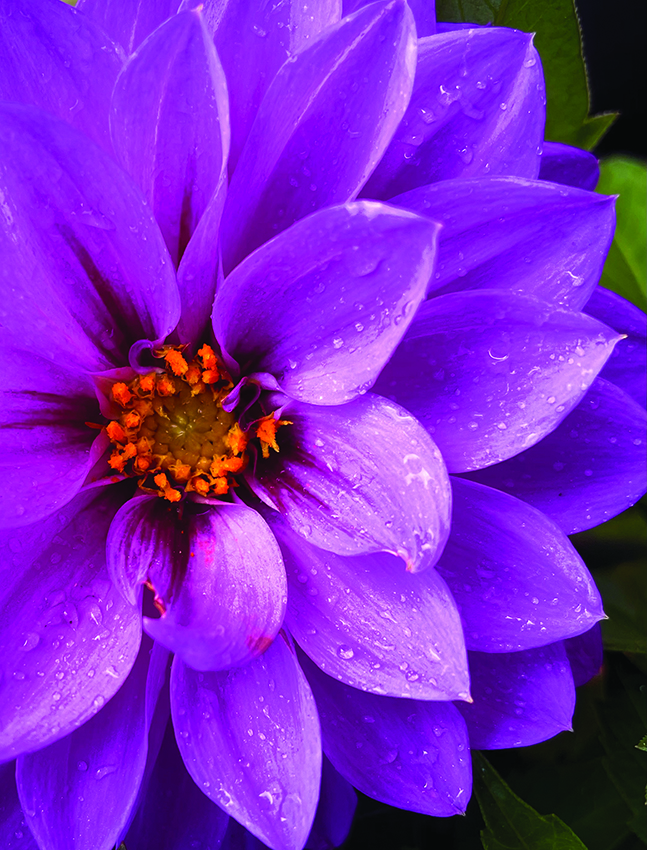As autumn begins, many garden flowers show the ravages of a long, often brutal summer. However, it’s at this time that dahlias are most spectacular, said University of Missouri Extension horticulturist David Trinklein. Warm days and cool nights associated with late summer and early fall cause dahlias to produce flowers with intense color.
A member of the aster plant family, dahlia is the national flower of Mexico. Aztecs were growing dahlias when Spanish conquistadors arrived in the 16th century, reports the University of Missouri Extension. Spaniards brought botanists with them to select plants to take back to Spain and dahlia was one of the plants selected.
Early dahlias imported into Europe were of the single-flower type. As hybridization began, the first fully double-flowered forms and new color combinations appeared, reports the extension office. Several hundred years later, dahlia has one of the largest arrays of flower forms, colors and sizes of any cultivated plant. To date, there are more than 50,000 named and arranged cultivars.
When most people think of dahlia, the tall types propagated from tuberous roots each year come to mind.
“Indeed, the majority of named dahlia cultivars are of this type,” Trinklein said. “They are popular for the cutting garden or the backdrop of borders. However, because of their tall stature and large flowers, this type requires staking or some additional support.”
Dahlias do not tolerate frost in Missouri’s latitude. To save the plants, dig roots and store each fall after the tops have died back.
“After digging, wash off remaining soil and let the roots dry. Do not dry them in direct sunlight. Separate tuberous roots in the fall by cutting them from the main stem. Allow the portion of the stem attached to the part containing the eyes to remain. Dust cut ends with a fungicide to discourage storage diseases,” reports the extension office.
Find more information about dahlias and their care on the American Dahlia Society website at dahlia.org.




